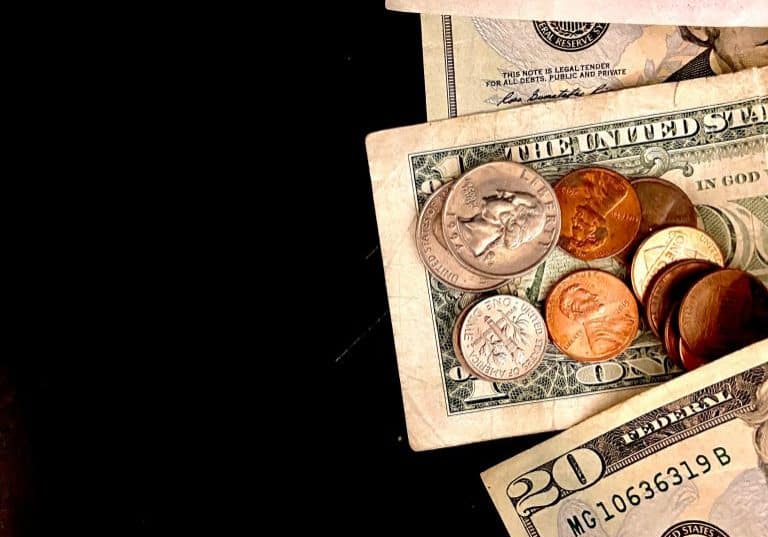As a consumer, you expect the products you buy to be safe and beneficial. Companies have a number of safety measures in place. These are to ensure that every part of the item is secure. However, mistakes do happen, and some products fall between the cracks. When you buy a faulty product, the company that produces it is liable for the damages caused. By working with a product liability attorney, you can receive the compensation you deserve in a product liability case.
Know What Type of Product Liability Claim You’re Making
There are three main types of product liability claims, and each works a little differently. Knowing which claim you are making can help you understand how your case will run. You’ll know who you’ll be holding responsible for the damages. Also, you’ll learn how you can expect to receive your compensation.
Defective manufacture: If you buy a product and one of the parts becomes defective, it is the manufacturer’s responsibility to compensate for damages. The manufacturer must ensure all parts of an item are in working order with little to no risk of defecting. In the case of a defective manufacture claim, you’re suing the company that produces the item or the factory that made the defective part.
Defective design: Most items are designed with safety features in place to prevent injury or property damage. Weed whackers, for example, have safety bars that prevent your legs or hands from getting too close to the blade. If an item has a design flaw and doesn’t have a proper safety feature to balance it out, the designers of the product become liable for the damages. In the case of a defective design claim, you’re suing the company that designed the item or that holds the patent for its design.
Failure to provide adequate warnings or instructions concerning the proper use of the product: Some products are inherently dangerous and can’t have a safety buffer without stopping the item from doing what it needs to do. In these cases, it is up to the seller and marketer of the item to provide adequate warning about the dangers of the items. They must also provide clear instructions on how to avoid damages. For instance, when you buy a steamer bag of vegetables, there are warning signs all over that claim ‘caution: contents hot.’ They also have instructions to wait a minute or two before opening. There’s no way to prevent the steamer from creating hot steam, so the company must warn you about the risk of steam and tell you how to avoid it. If a product does not do this, the company that distributes or promotes the item becomes liable. They would be who you sue for compensation.
Keep a good record of all expenses
In any lawsuit, one of the most important things to do is keep a good record of all expenses incurred from the damage. There are two main types of damages you could receive compensation for in a product liability case. In each case, it’s important to make sure you can prove the damages are related to the faulty product, usually with visual evidence or a testimonial statement from a professional (i.e., a doctor or home inspector).

Personal Injury: This is the most common type of damage incurred as a result of a faulty product. If you sustain any injury, the company at fault for the damage is required to compensate you for your losses. You could receive compensation for the following:
- Medical bills: Keep records and receipts of doctor and hospital visits you need after sustaining an injury. Your product liability attorney will need to know the dates you visited and the treatments you received. They will most likely need a note from the doctor/nurse. The note should confirm that the injuries treated were a result of the damage from a faulty product.
- Loss of wages: If your injuries are substantial and you are unable to continue working because of them, the company responsible is required to pay you for your lost wages. Make sure you have a record somewhere of your income statements. Did you become disabled as a result of your injuries? The company may even be liable for future loss of income as well.
- Pain and suffering: Although this category is subjective, the type of injury you sustained and the length of time it will take to heal can add additional compensation benefits on your behalf at the discretion of a judge or jury.
Property Damage: You aren’t the only one who can be damaged due to a faulty product. Often, your house or yard can sustain injuries as well. For example, a pressure cooker without a proper latching system can build up pressure. This can cause the lid to pop off and put a hole through your roof. In that case, the company that designed or produced the cooker would be responsible for the repairs to your roof.
If you’re seeking property damage compensation, take photos of the damage as soon as it is safe to do so. You will also want to have an inspector come out to survey the damage. They can report that the damage was the result of the faulty product. They can also discover damages you may not initially be aware of. This can be things like cracks in your foundation as a result of the impact.
When you buy a faulty product, you shouldn’t have to pay for the damages you or your property sustain. Working with a qualified product liability attorney from Reynolds, Horne & Survant can help you get the full compensation you deserve from your product liability case. Call us today at (478) 217-2582 to discuss your case. We’re ready to help you get the compensation you deserve.






